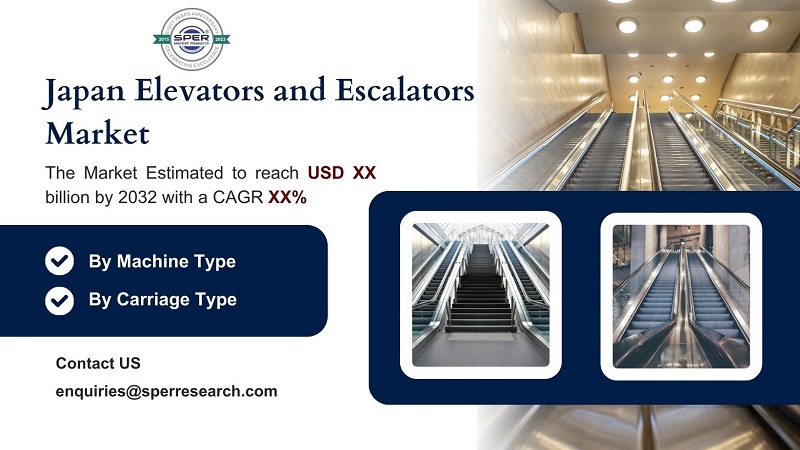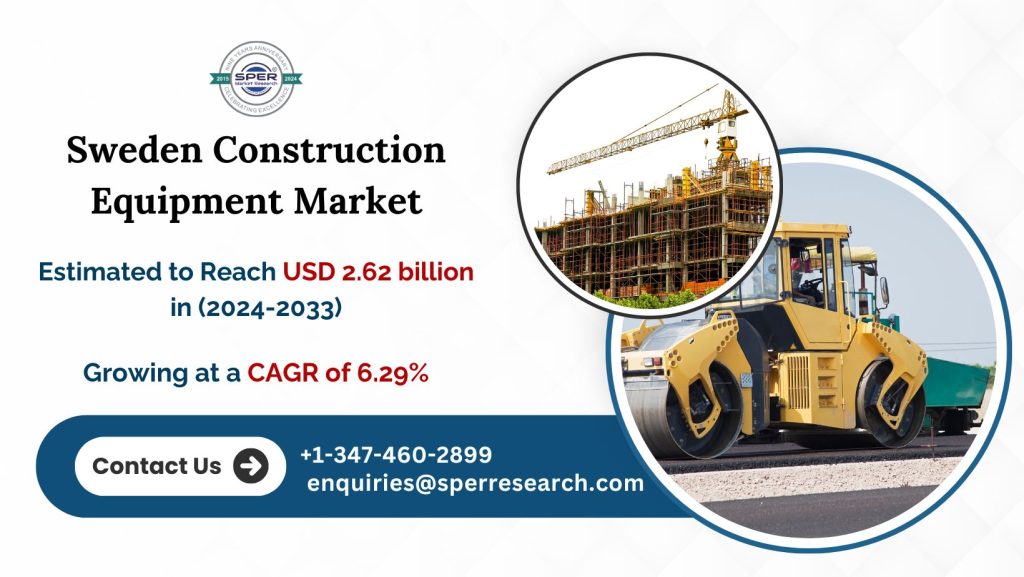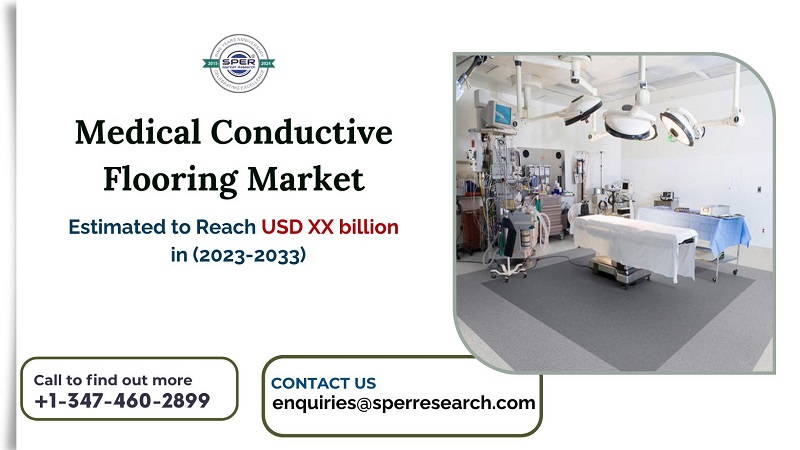Market Overview and Market Insights: Construction equipment refers to a diverse set of tools and machines that facilitate the building, maintenance, and demolition of infrastructure. These devices are essential in various sectors such as commercial, industrial, and residential construction. Specialized machinery used in construction tasks includes equipment for mixing concrete, transporting materials, and lifting heavy loads. Common types of construction equipment include loaders, cranes, bulldozers, excavators, and concrete mixers. Modern advancements in technology, like telematics and GPS, are integrated into construction equipment to enhance efficiency, precision, and safety at construction sites.
SPER Market Research reports in ‘Italy Construction Equipment Market Size – By Machinery Type, By Propulsion – Regional Outlook, Competitive Strategies, and Segment Forecast to 2033’ that the Italian construction equipment market is expected to grow to USD 5617.12 million by 2033, with a compound annual growth rate (CAGR) of 6.07%.
Market Drivers: Italy has recently focused on modernizing its energy, telecommunications, and transportation infrastructure, which has fueled economic growth and generated job opportunities. This push for infrastructure development has significantly contributed to the growth of the construction industry, with many new projects being launched. Additionally, developed countries, including Italy, are investing in advanced technologies such as earthquake-resistant buildings and innovative transport systems like hyperloops. These efforts are expected to drive significant growth in the construction equipment market in the coming years.
Download sample PDF copy of this report to understand structure of the complete report @ https://www.sperresearch.com/report-store/italy-construction-equipment-market.aspx?sample=1
Market Challenges: However, the Italian construction equipment market faces several challenges. Economic instability within the European Union and Italy could hamper investment in infrastructure and construction projects, potentially slowing market growth. A downturn in the economy could negatively affect suppliers and manufacturers, creating uncertainty within the market. Additionally, the performance and mobility of electric construction machines are heavily influenced by battery size and weight. While larger batteries can extend operational ranges, they may make the machines heavier and harder to manoeuvre.
COVID-19 Impact: The COVID-19 pandemic further disrupted the Italian construction equipment industry. The initial lockdowns and social distancing measures led to delays and cancellations of many construction projects, resulting in a sharp decline in demand for construction equipment. Manufacturers and suppliers experienced reduced sales and revenues during this period, which affected their profitability.
Key players in the Italian construction equipment market include AB Volvo, Caterpillar Inc., CNH Industrial N.V., Deere & Company, Doosan Corporation, Hitachi Construction Equipment Ltd., and JC Bamford Excavators Ltd (JCB).
Italy Construction Equipment Market Segmentation:
By Machinery Type: Based on the Machinery Type, Italy Construction Equipment Market is segmented as; Cranes, Telescopic Handlers, Excavators, Loaders and Backhoes, Motor Graders, Others.
By Propulsion: Based on the Propulsion, Italy Construction Equipment Market is segmented as; Internal Combustion Engine, Electric and Hybrid.
By Region: This research also includes data for Eastern Region, Southern Region, Northern Region and Western Region.
For More Information in Italy Construction Equipment Market, refer to below link –
Italy Construction Equipment Market Share
Others Industry Report –
- China Electric Vehicle Charging Infrastructure Market Growth, Size, Trends Analysis- By Charging Station Type, By Vehicle Type, By User Application- Regional Outlook, Competitive Strategies and Segment Forecast to 2033
- Asia-Pacific Hydrogen Peroxide Market Growth, Size, Trends Analysis- By Application, By End User- Regional Outlook, Competitive Strategies and Segment Forecast to 2033
- Brazil Facility Management Market Growth, Size, Trends Analysis- By Type of Facility Management, By Offering Type, By End User- Regional Outlook, Competitive Strategies and Segment Forecast to 2033
Follow Us –
LinkedIn | Instagram | Facebook | Twitter
Contact Us:
Sara Lopes, Business Consultant – U.S.A.
SPER Market Research
+1-347-460-2899









